THE arrival of a new Porsche 911, as evolutionary as every model had seemed to be, brings it with it substantial changes beneath the familiar sheetmetal and rear-engine cut. In the 992, the eighth generation of the nameplate that debuted in 1963, the biggest buzz could well come from its “digitalization”—the 911 now packs more electronica than at any other time during its 55-year romp.
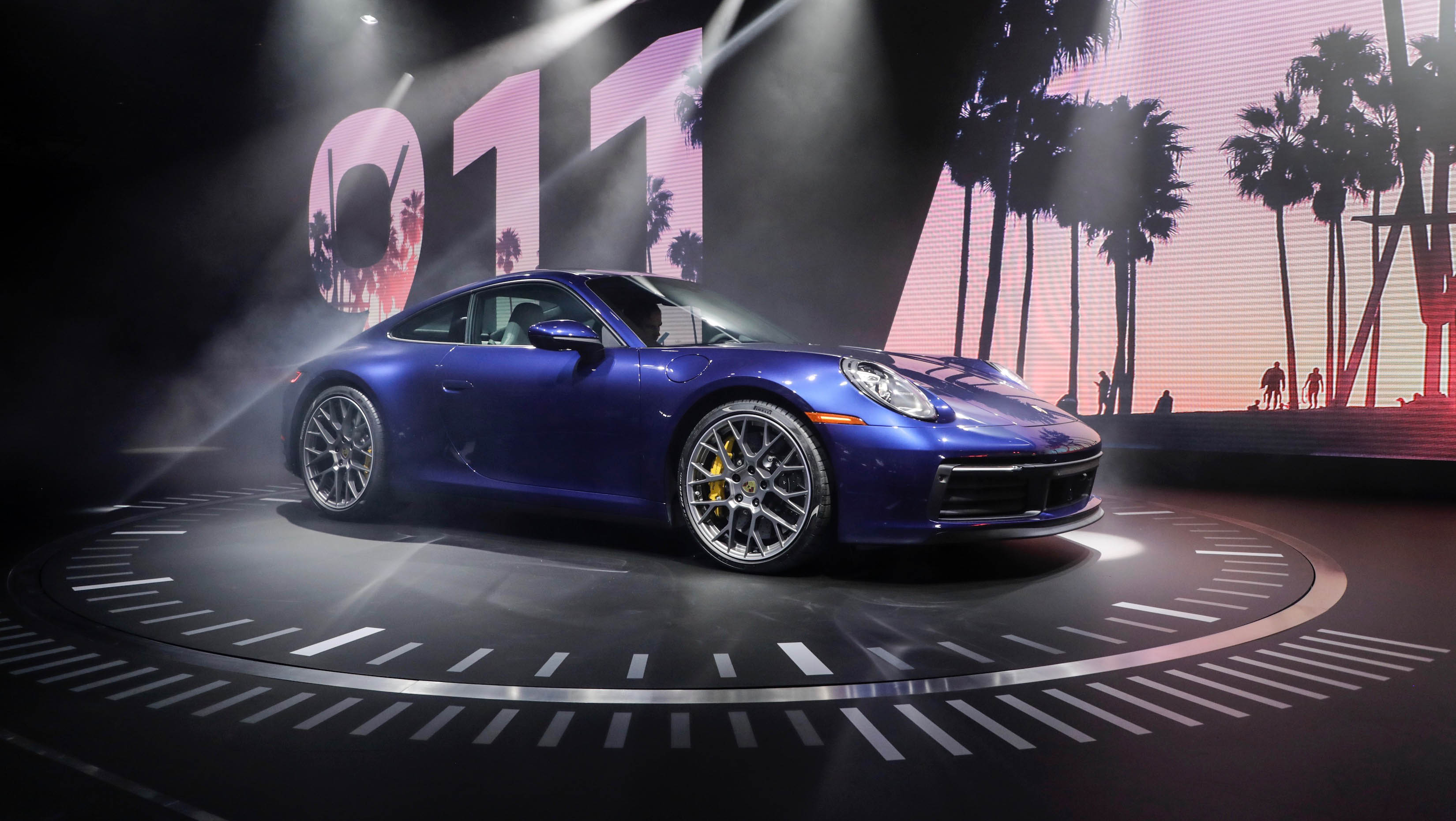
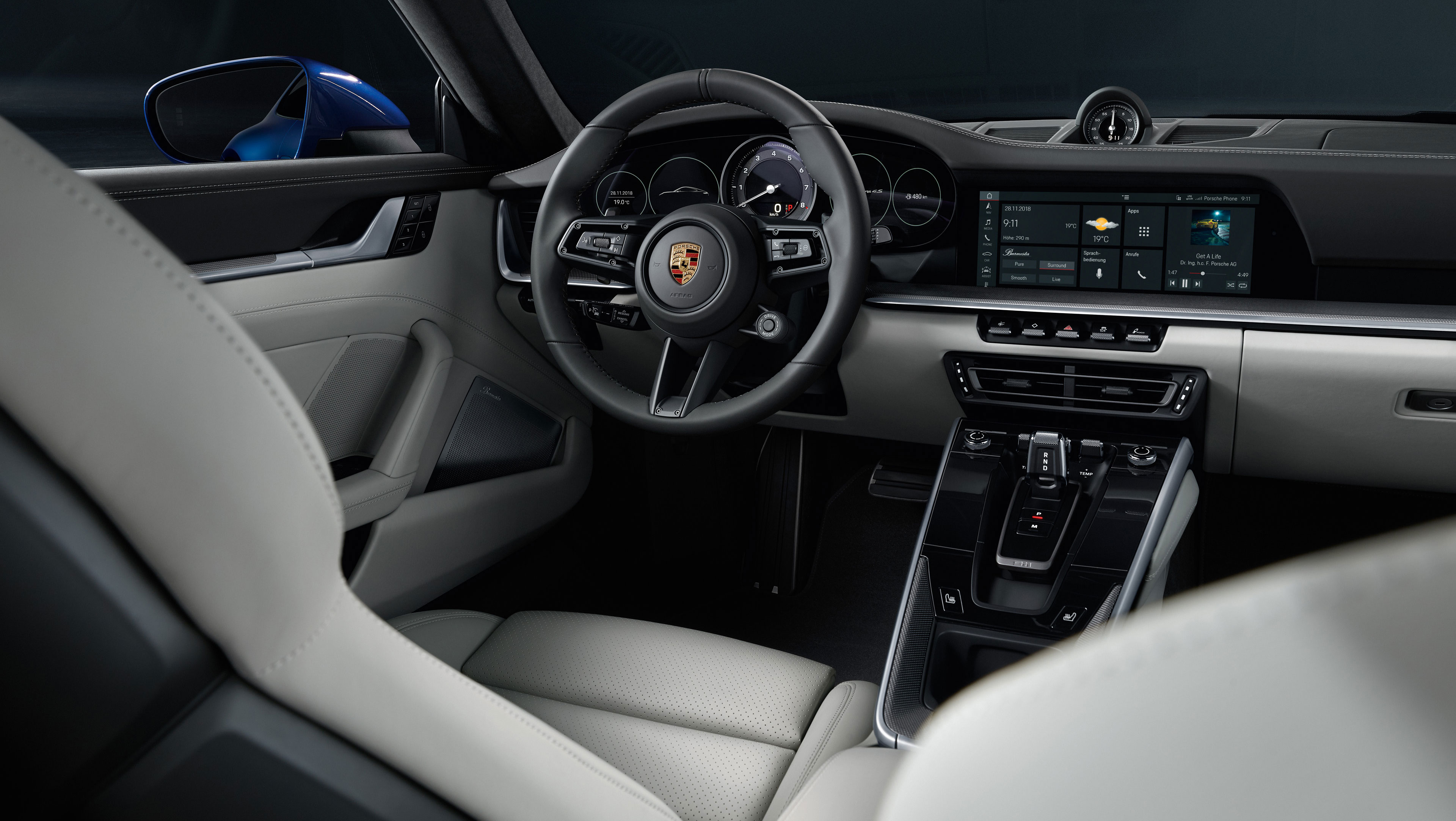
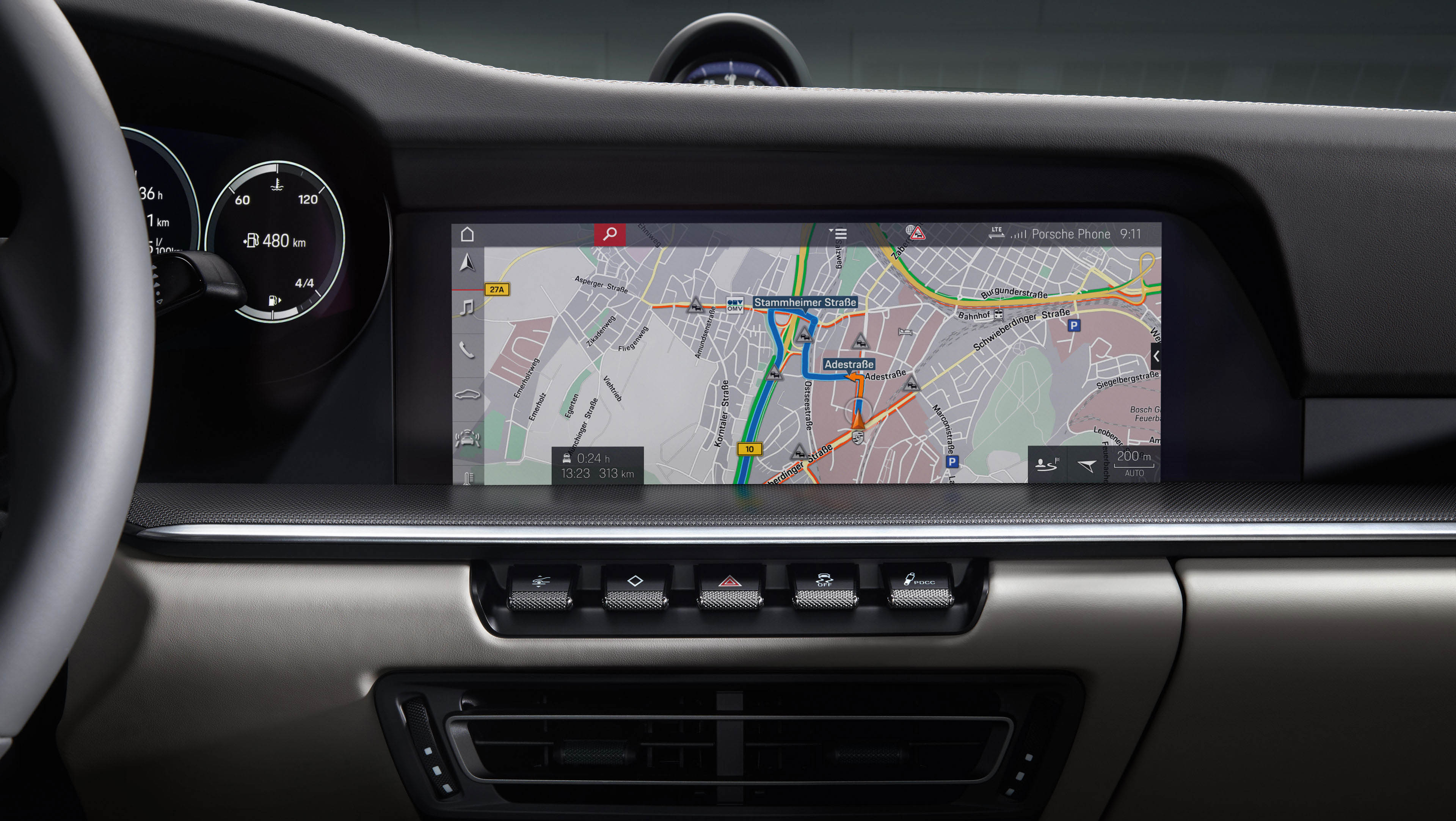
The 992 is quite connected, with functions, services and driver-assist systems, like swarm data-based online navigation and Porsche Connect Plus, integrated into the long-available PCM. New are a thermal imaging camera for night driving; adaptive cruise control that can keep the car’s distance from the vehicle it is following and which can also tackle stop-and-go traffic; a built-in app for road trips; a personal assistant (of the virtual kind, of course); an emissions-impact calculator; and another camera-based system that warns the driver and brakes the car if it senses a collision. And then there’s Wet mode, which can tell if there’s water on the road, and would accordingly alert the driver about this (because some drivers do not know what water on the road looks like) so the car’s settings can be adjusted. A 10.9-inch touchscreen panel on the dashboard, from where the majority of these functions can be accessed and displayed, dominates the new 911’s cabin. Oh, the side-view mirrors can fold electrically, too.
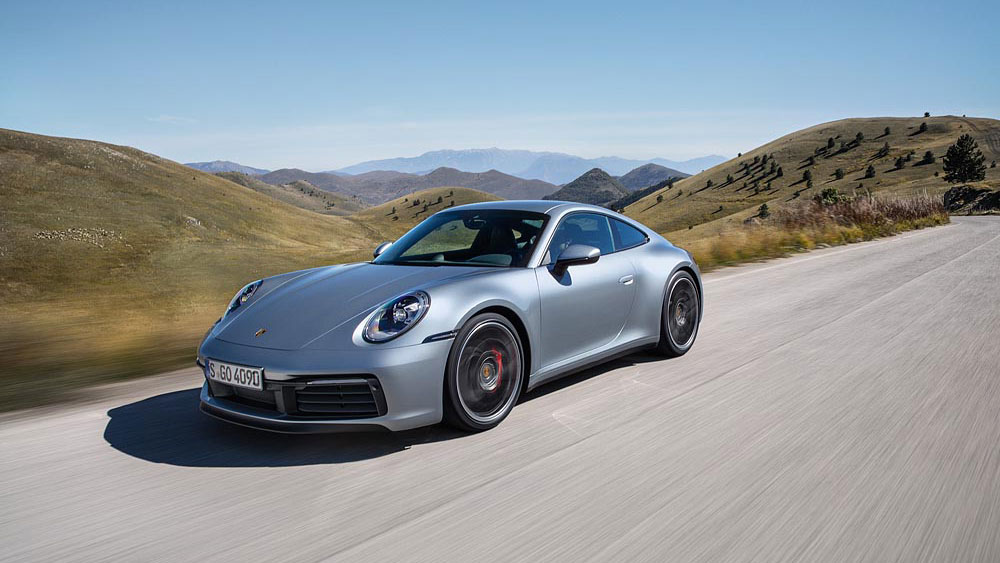
Like the 991.2 rendition, the 992’s flat six engine is also turbocharged, but has been beefed up as it makes 444hp (30hp up) in the Carrera S and Carrera 4S variants. Credit here goes to better injectors and tweaked turbochargers. An eight-speed dual-clutch gearbox takes the power to the wheels. The 992, then, is a mix of revolutionary and evolutionary changes.
But this, actually, has been the story of the 911’s life, as can be gleaned here:
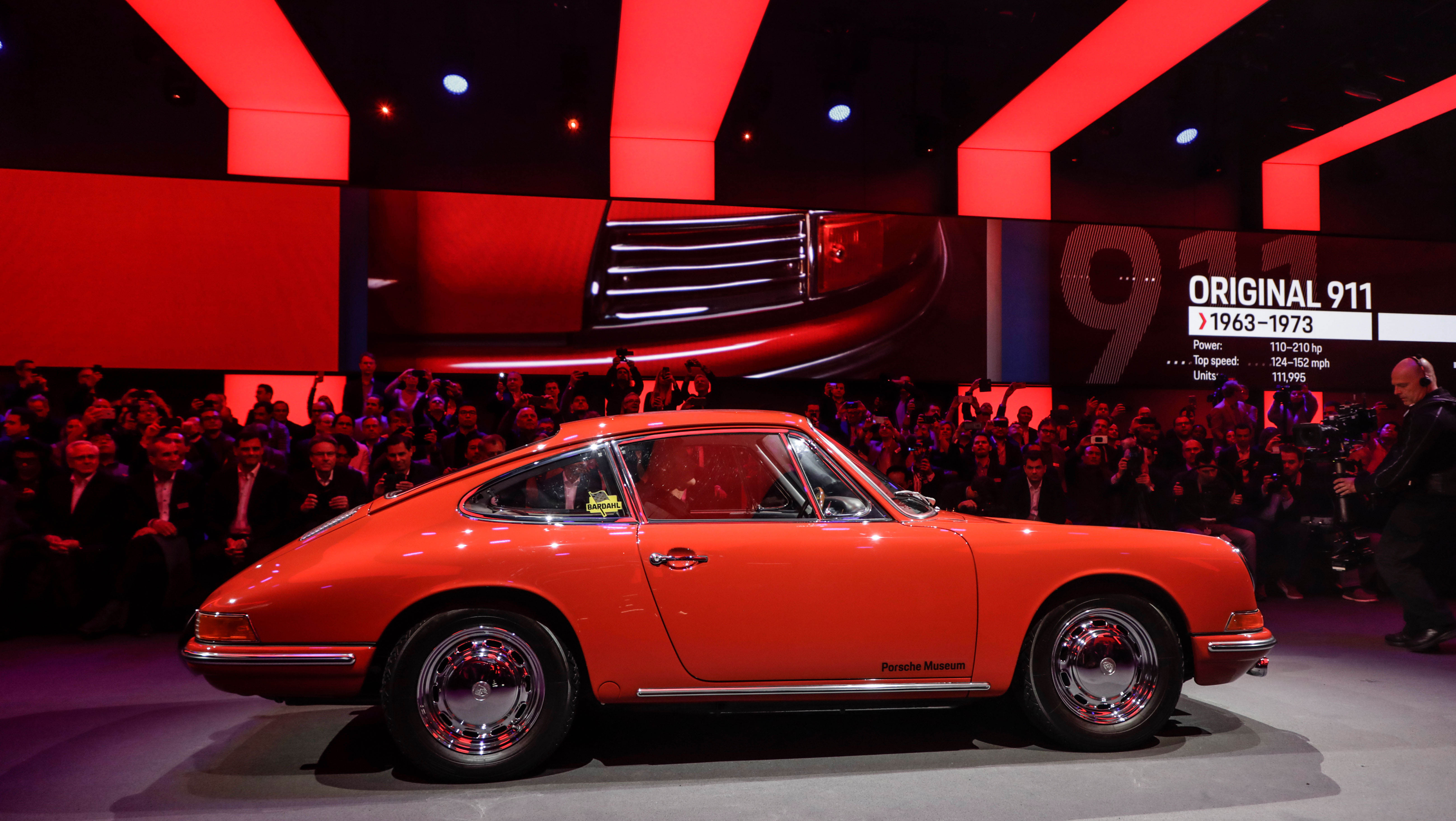
1963: The original 911 — it would have been called the 901 had Peugeot not claimed dibs to model names with “0” in the middle — was unveiled at the Frankfurt Motor Show on September 12, 1963. Quite a lot rested on this 911 as it was the replacement for the 356. And the 356, remember, was the model with which, 15 years earlier in Gmund, Austria, Porsche had started its car-making business. By the end of the original 911’s run a decade later, 111,995 examples were built.
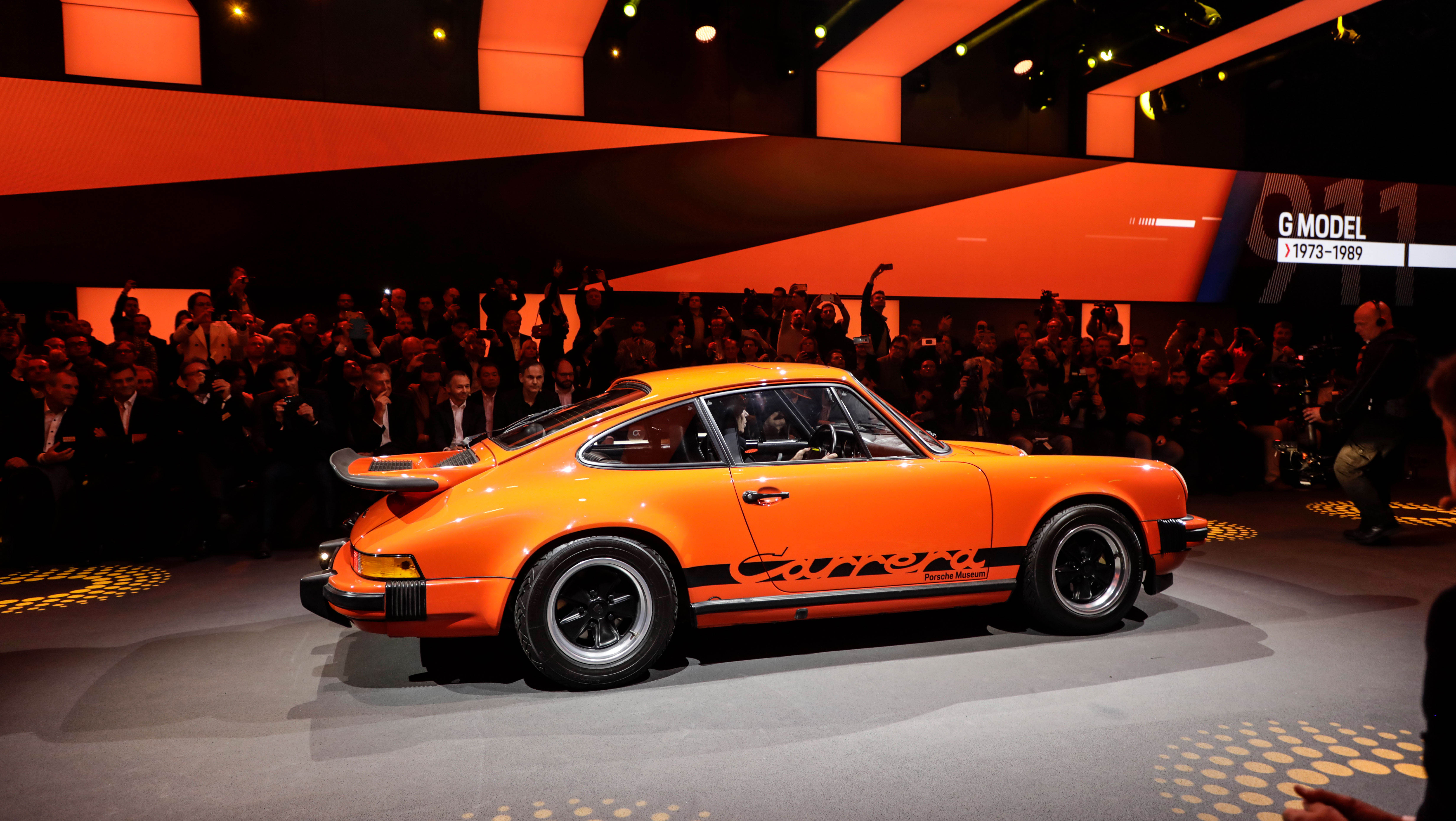
1973: The G Series 911 arrived with plenty of changes, a chunk of which meant to address stricter safety regulations in the US. It also spawned numerous variations during its nearly 16-year run. Turbo engines propelled the galvanized steel body of the top ones, while a Cabriolet version came along with the Speedster and Targa. Porsche sold 198,496 G Series 911s.
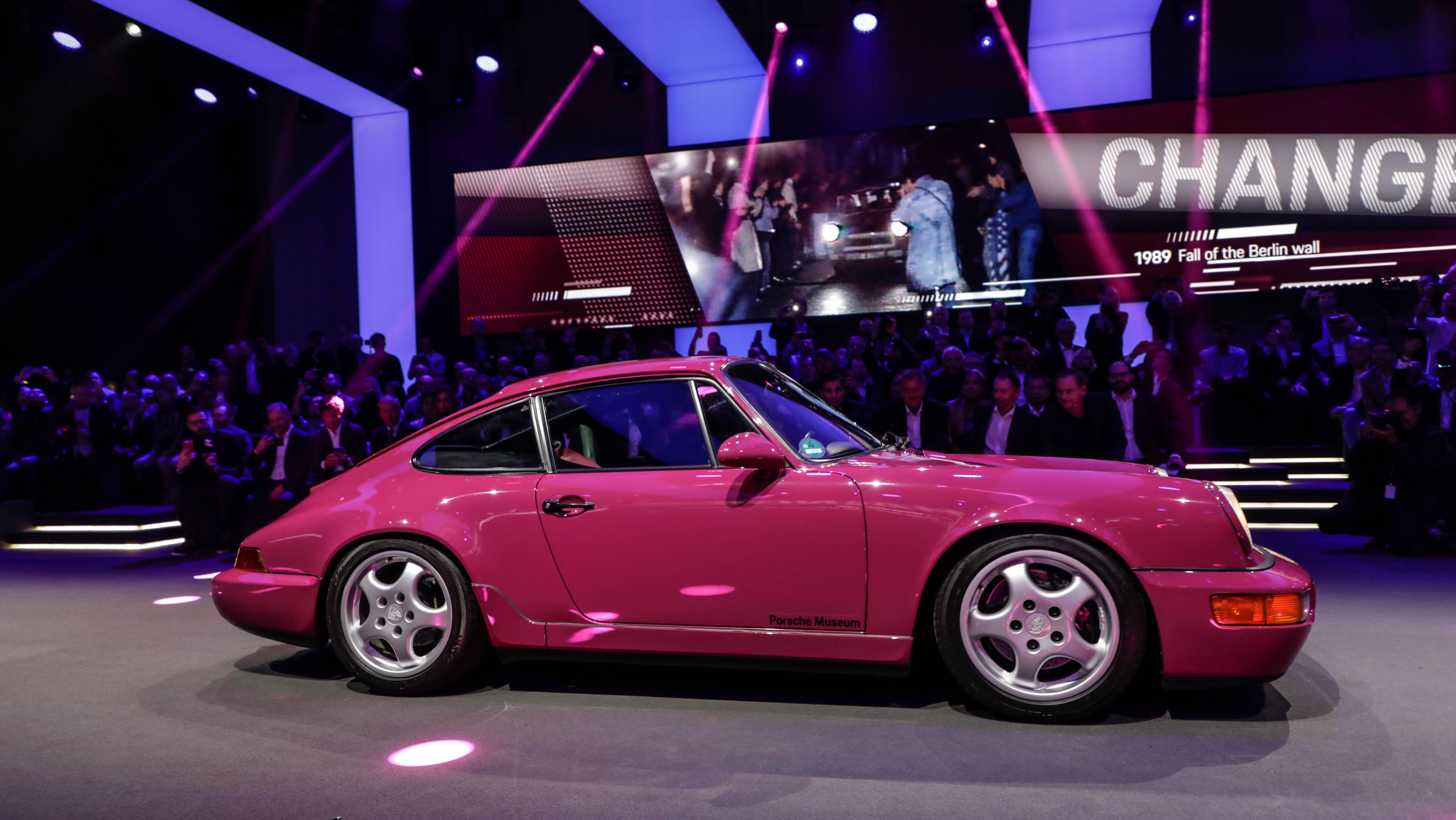
1988: The 964 generation brought the 911 — by then nearly killed off at least a couple of times — to the modern age. The 964, at present the most coveted base models for retro-modding, was offered with all-wheel drive in Carrera 4 guise. It also came in Carrera 2, Coupe, Cabriolet and Targa versions. While the cars’ bodies were largely unchanged, save for their integrated bumpers, 85% of the cars’ parts was new. There were 63,762 964s sold by 1993.
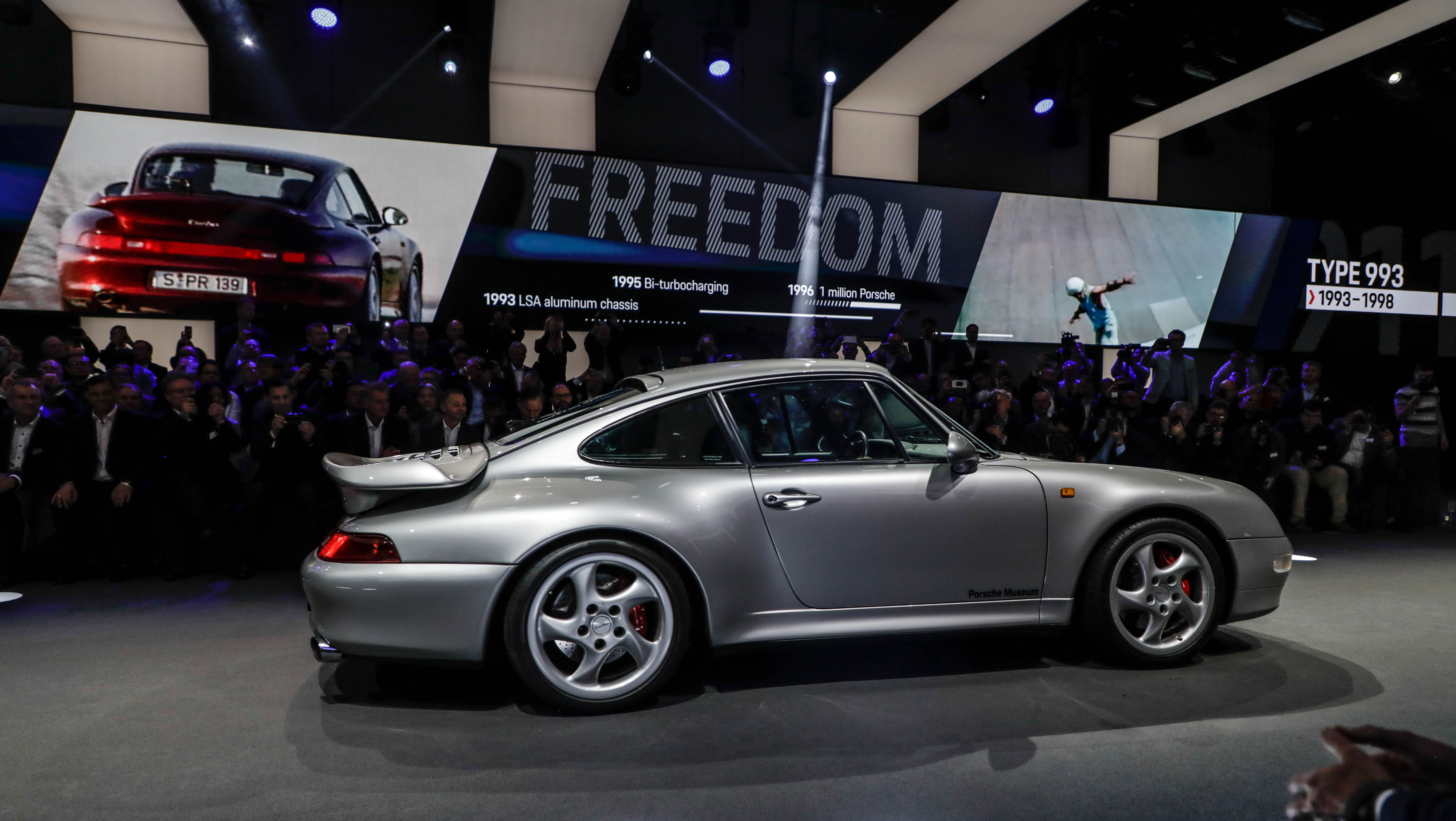
1993: The 993 initially came only as a Coupe and Cabriolet, the Targa following only in 1995. But the Targa offered a new concept; it had a glass roof that could slide under the rear window. What significance the 993 holds for the 911 narrative though is that it was the last air-cooled Porsche. At the end of its life, 68,881were built.
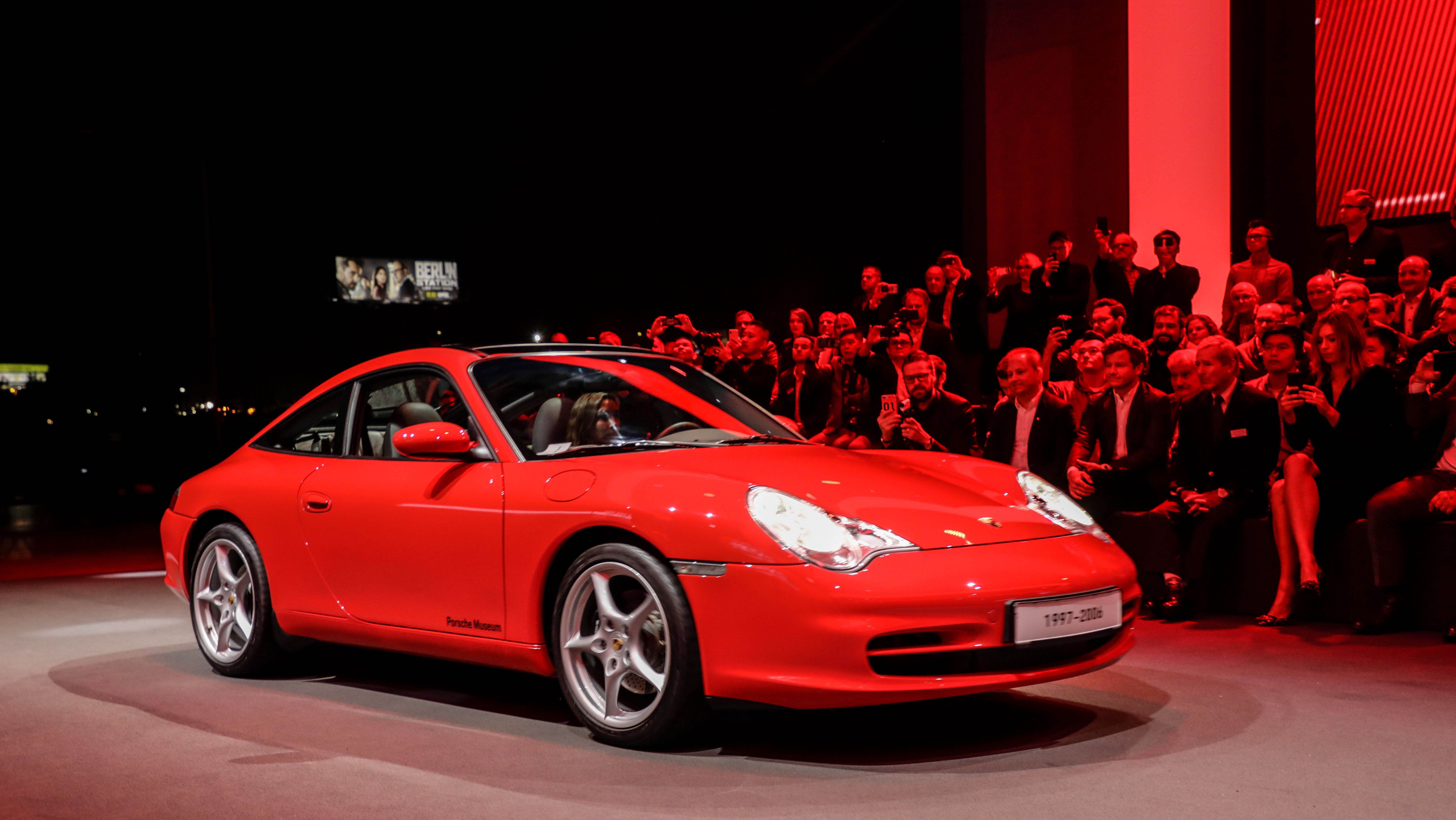
1997: Going down in history as the first 911 with a liquid-cooled engine is the 996. The model also catalyzed Porsche’s efforts at survival, and so it was intended from the get-go to share some parts with the then-new Boxster. The car brought with it updated safety and emissions kit, and by the end of its run, when 175,262 had been sold, the 996 emerged as the unlikely 911 success story.
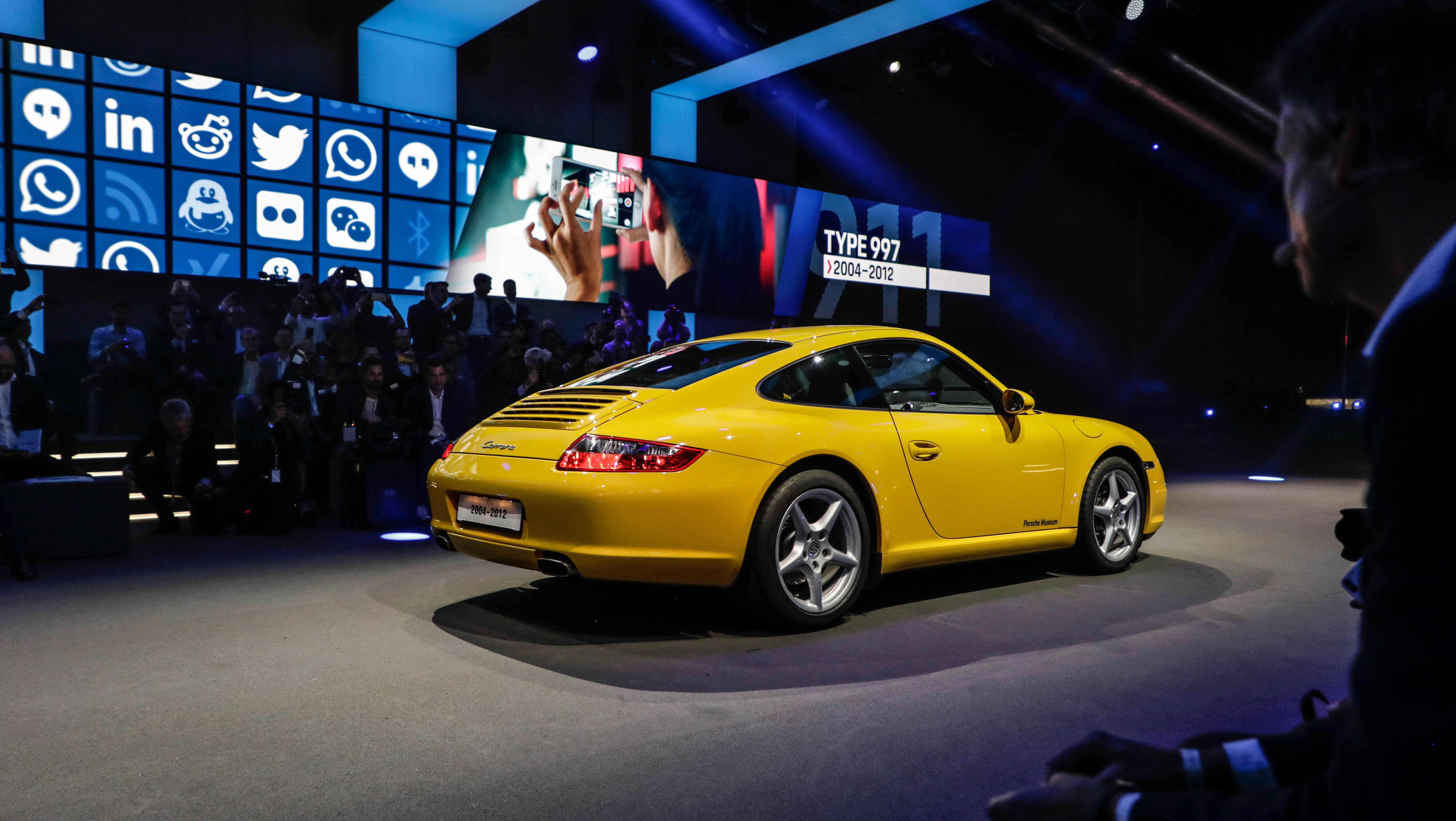
2004: With the nameplate’s survival unequivocally assured, the 997 came in numerous versions — Coupe, Targa, Cabriolet or Speedster with rear- or all-wheel drive, narrow or wide bodies, turbo engines, GTS, GT2, GT2 RS, GT3 and two GT3 RS. The range counted a total of 24 renditions, which were available with even more personalization options. As a result, it chalked up a 911 production record; 213,004 were sold.
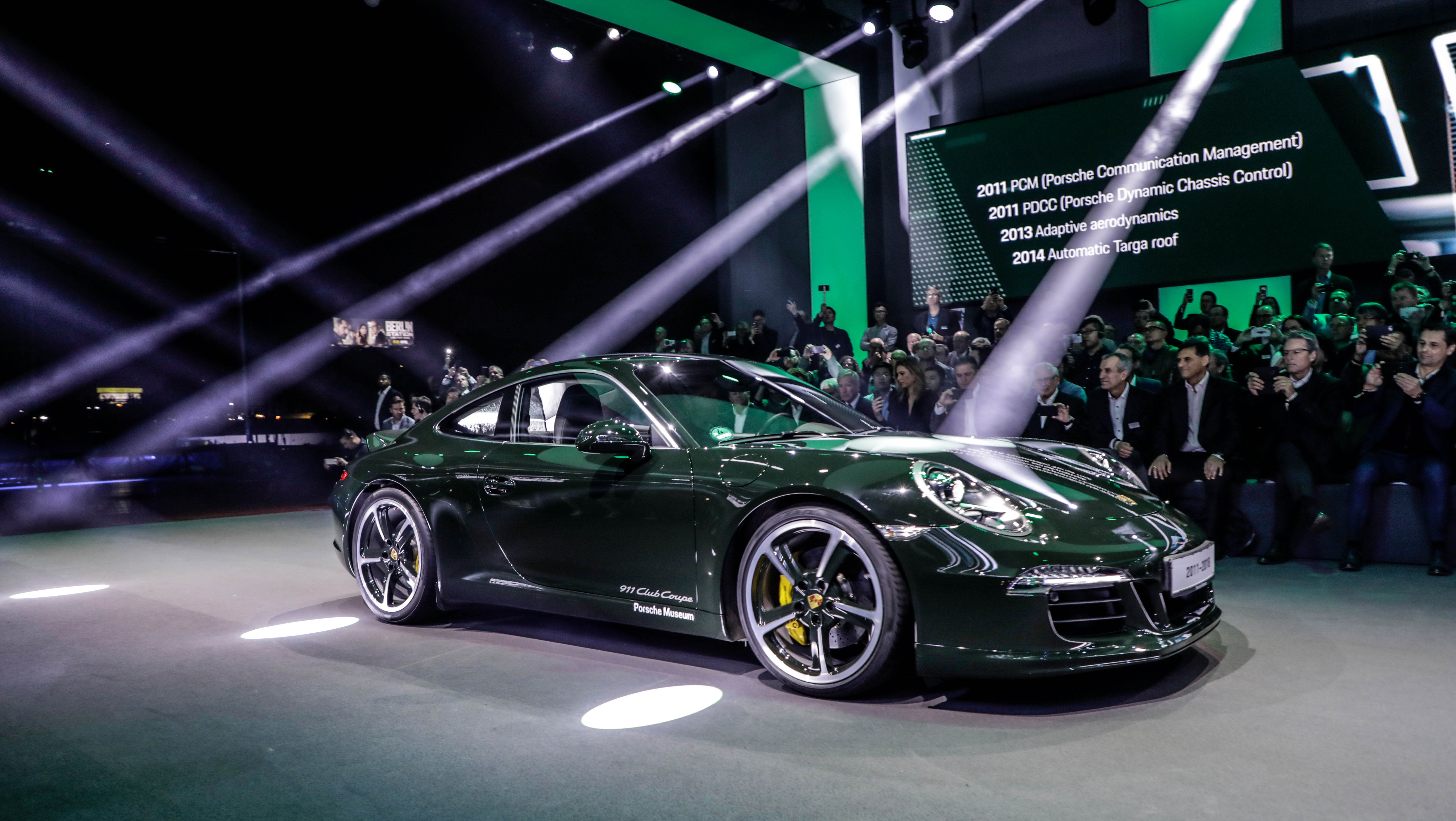
2011: The 991 showed the 911 can always adapt to the times. Wider, more powerful than any 911 before it, the car also wore adaptive aerodynamics and eco-related features lifted straight off Porsche’s 918 Spyder hybrid supercar. Eventually, it topped the 997’s record, with 217,930 examples of it built by October 31, 2018. This brought the 911’s total to 1,049,330 cars produced since 1963, some 70% of which are still on the road.
It’s a life well lived.


